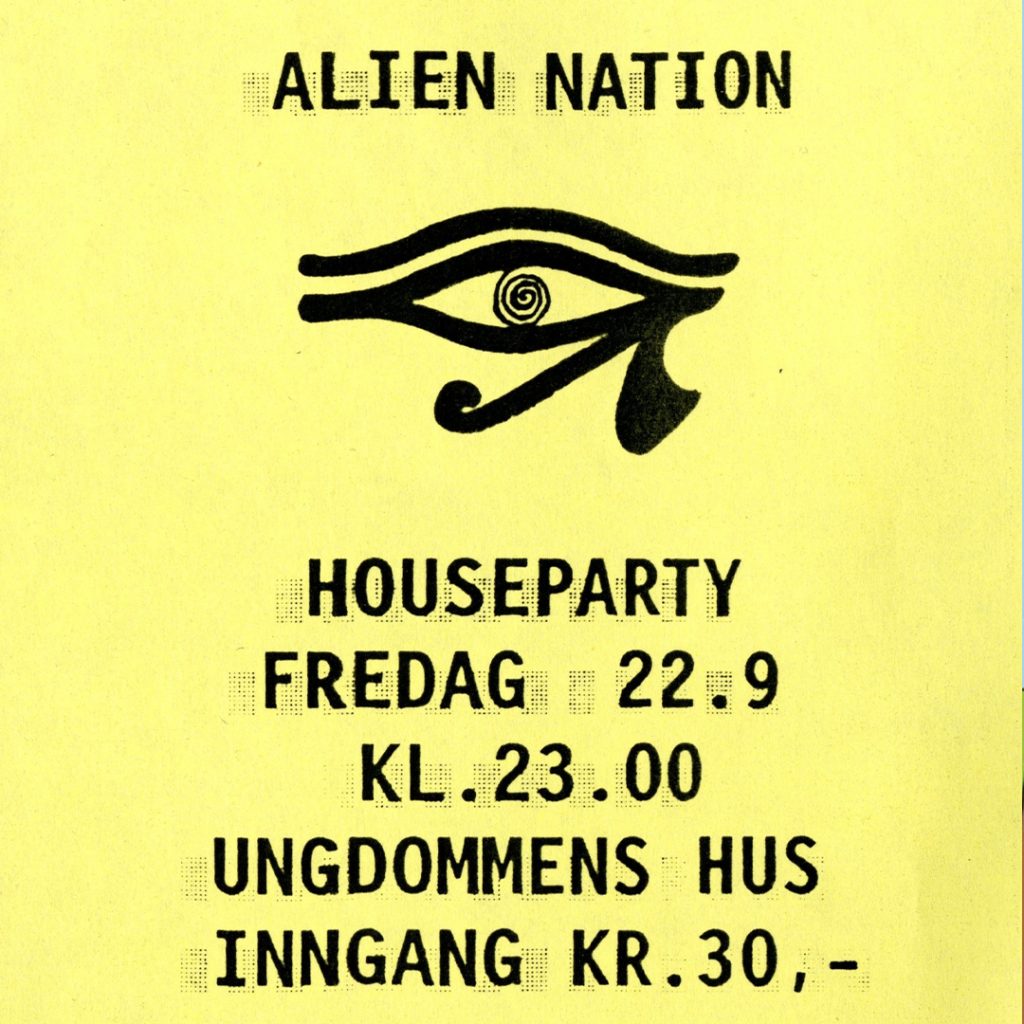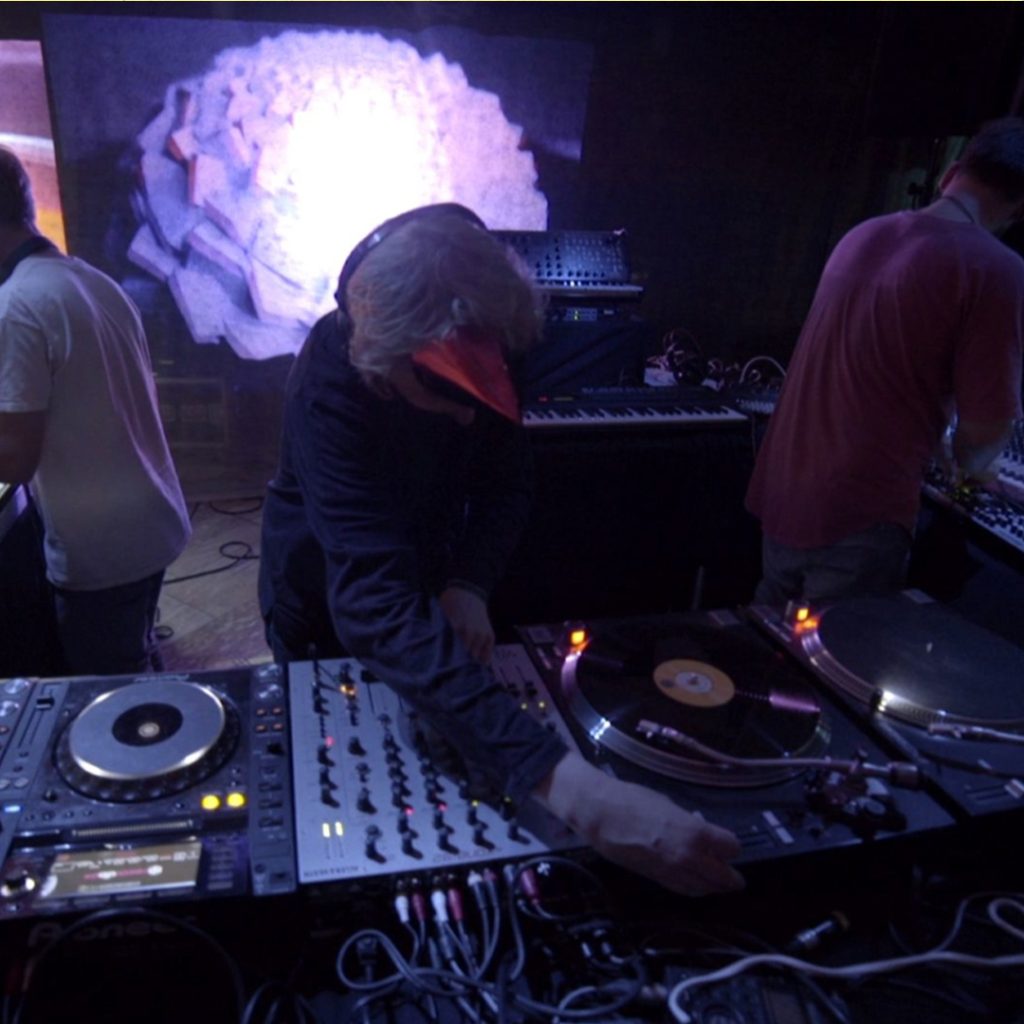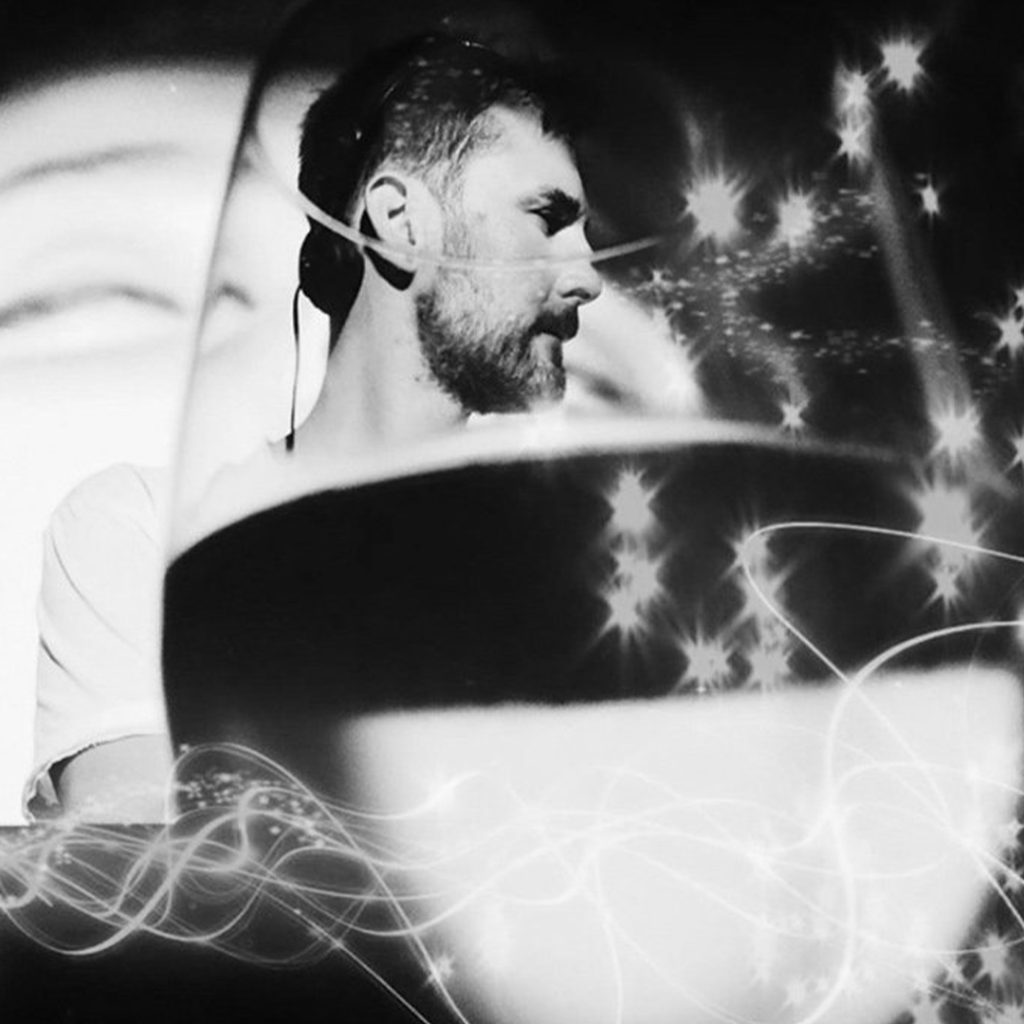Travelling around Norway in the Spring is a fantastic experience. During my trip in 2013, we hooked up with the key movers and shakers involved in forming the country’s house and disco scenes. I was lucky enough to touch down in Oslo, Bergen and Tromsø, and many weird and beautiful places in the surrounding areas. I travelled with Ben Davis, who was directing the film we were working on, formed from interviews with the key people from the dance scene plus Paper Recording’s label artists such as Those Norwegians. We were also curious about the country, geography, and people and how they influenced each other’s creative passions. This film’s working title was ‘Northern Disco Lights – The Rise and Rise of Norwegian House Music’. During our visit, we spoke to as many DJs, producers, promoters and radio stations as possible and decided to publish these best bits that sum up the trip, the film and our findings.
Kolbjørn Lyslo is an electronic music producer from Tromsø, Norway, was a key stakeholder in the Tromsø music community from the later eighties and worked with Aedena Cycle, Röyksopp and produces house music under the name of Doc L Junior.
Hi Kolbjørn, what was it like growing up in Tromsø?
Tromsø is a small town in the far north of Norway with more culture than most other towns this isolated from the rest of Europe or the rest of the world; it feels bigger than it is. Growing up in Tromsø we had a great sense of freedom and a lot of space to explore. Culturally, Tromsø was kind of avant-garde. When I was a kid, there was a lot of punk music. We had a local radio that played a lot of new stuff that people in this country had never heard. I remember I was about 9 and an older sister of a friend of mine gave me a cassette tape with Depeche Mode on one side and The Cure on the other side. And this kind of started the whole electronic music thing for me. I was 10 when I bought my first synthesiser, it was Poly 800 Korg.
Did you look up to the previous generations?
I knew them by face because Per was working in the record shop and had heard of Bjørn Torske because he was into Depeche Mode as well, we were kind of on our own. We had a covers band that played Depeche Mode music. After a while, I hooked up with Torbjørn Brundtland and Svein Berge and Gaute Barlindhaug, we hooked up with Bjørn Torske and Per Martinsen after that. We kind of knew that if we wanted to put out music then we could just do it. They just did it so why couldn’t we? So, yes, they did make an impression on us. There was this record shop called Rocky Plate Bar and the unique thing about this place was it was run by an English guy who ended up in Tromsø as a travelling DJ. There was a lot of travelling DJ’s from the UK and Australia in the hotel circuit and club circuit. In the eighties, they had nowhere to get their records. This guy, Andy Swatland settled in Tromsø and set up a direct import link with the UK supplying all the travelling DJ’s in northern and southern Norway as he imported stuff that never made it to the regular shops. So, Tromsø became very important to the DJ circuit as Rocky Platebar was the main store for that kind of electronic music. I was just a kid then, but as I said I was into Depeche Mode and I found a lot of music that was hard to find in other Norwegian cities at that time. I bought my first house record at Rocky, the Whistle Song by Frankie Knuckles. I remember it very well.

Alien Nation Club flyer, Tromsø 1990
Did it feel like you were creating your own scene?
We were very much on our own and there weren’t many people our age into the same stuff. We didn’t feel isolated, we were just into our own thing. It was just the way things were, we were into electronic music and it seemed nobody else was. I remember my first party on the 16th of May 1990, at a place called the Brygga Ungdommens Hus, (the Youth Centre) put on by Bjørn & Per. I guess it was the first dance party in Tromsø that a crowd of around 50 friends and locals attended.
When did you put out your first record?
We sent out a lot of demos in 1992 and one was sent to the Planet E (Detroit, USA) record label and the owner Carl Craig called us. He wanted to put out the demo, but we didn’t manage to finish it! The year after we sent some music with Geir Jenssen, who went down to see Renaat (R&S Records owner) in Belgium. Renaat released it on Apollo Records in early 1994.
Were you involved with Brygga Radio?
I did a couple of shows when I was visited Bjørn Torske as he had his own show on Brygga Radio. I listened to it all the time and it really meant a lot to me, we had nine hours of techno music every week. It was a local radio station without any strict rules on what was being played. Bjørn and Geir had the opportunity to play whatever they liked, and Bjorn had a lot of records! Geir Jenssen had a mail-order set up getting all the new things from Detroit and Europe, so I guess we were kind of lucky to have that station. It was a station for the younger generation of Tromsø and these programmes were for just 20 or 30 people; there weren’t many more people listening to it.

Kolbjørn Lyslo,Bjørn-Torske,Per Martinsen performing in Norway, circa 1990
Did you feel like you were rebelling against anything?
Making music in those days was a kind of rebellion. I wouldn’t compare it to the punk because the punk scene was much angrier. This was more like using electronic equipment that we could get our hands-on and do whatever we wanted with it. That was the rebellion. Not using it as it was supposed to be used, but the way we wanted to use it. The local reaction was that we weren’t really making ‘real’ music. People thought that we just pressed some buttons and the music came out all by itself. I remember we played some concerts at our school and nobody really understood what we were doing, they thought it was just some noisy stuff that they didn’t really have to bother about.
Tell us about your band, Aedena Cycle along with Svein Berge, Gaute Barlindhaug and Torbjørn Brundtland.
We started when we were 13, 14 or something and we bought a drum machine and sampler together. We didn’t have a sequencer at that time, so we played the instruments and recorded them onto tape. What was special about it was that we started making music immediately. I bought a sound card for my computer and we started using sequencers then it became more technical. What happened then was that we started making our music individually. We weren’t a band anymore. It split us up in a good way because we helped each other out; we evolved individually as artists.
How did Röyksopp begin? Röyksopp started out when Torbjørn moved to Bergen, he was joined by Svein and they started producing music, making some really good tracks. I remember listening to them and they were much better than anything I had heard for ages. It sounded like something new. They then met up with Mikal at Telle Records who pressed their first single and he actively encouraged them to go and send it out to other labels. Röyksopp were unique in that they used samples in a totally different and very creative way. Everything was processed in a very precise and complicated way. It was technically advanced compared to other productions at the time. Plus, the music is brilliant, they were compositions rather than just samples over the top of beats. That was new in this genre of music.
Were you aware of the Bergen Wave music phenomenon?
I was in Bergen a lot during the mid-nineties and I was in the middle of the Bergen Wave. I met Erlend (Ralph Myerz) at the time and we produced some music together. I did some work with Bjørn, Torbjørn and Svein in their studio. For me it was just something that evolved, it just happened organically as certain people met each other. Of course, Tore (Erot) made some brilliant music, also something very new at that time in Europe, his tracks sounded much more American
What’s your favourite Norwegian record?
Biosphere with ‘Substrata’.
Favourite Norwegian producer?
Biosphere.
What’s your favourite Norwegian club?
Café Opera in Bergen because it was one of the first clubs where I could play my own music in Norway. Café Opera was a venue where you could play American, vocal, house, garage and more soulful tracks. It was the first place that it was beneficial to make this kind of music. It was an open-minded crowd, interested in all aspects of electronic music.
You were playing American house, were you the only one playing it at the time?
I started playing US house tracks early on and I was pretty much the only one for a while. People played the ‘harder’ Chicago sound, but I played the Frankie Knuckles and Masters at Work productions from the early nineties. Bjørn Torske and Strangefruit started playing a lot of new tunes but they preferred the harder style. I loved the old soulful and soft, American electronic music, but I do like Detroit techno!
These excerpts were recorded and transcribed, with some parts of the interview used in the final print of the Northern Disco Lights feature documentary film.
© Paper Vision Films t/a We Are Woodville Ltd 2016
Recorded on a Zoom H2.
Transcribed by Fingertips, Louie Callegari and Tongue Tied.
